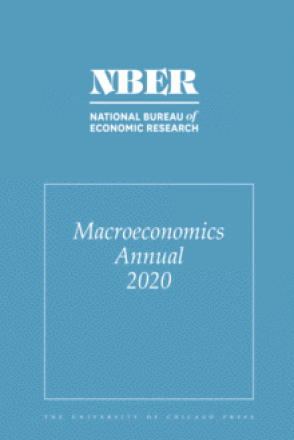Sources of US Wealth Inequality: Past, Present, and Future

You may be able to download this chapter for free via the Document Object Identifier.
This paper employs a benchmark heterogeneous-agent macroeconomic model to examine a number of plausible drivers of the rise in wealth inequality in the US over the last forty years. We find that the significant drop in tax progressivity starting in the late 1970s is the most important driver of the increase in wealth inequality since then. The sharp observed increases in earnings inequality and the falling labor share over the recent decades fall far short of accounting for the data. The model can also account for the dynamics of wealth inequality over the period—in particular the observed U-shape—and here the observed variations in asset returns are key. Returns on assets matter because portfolios of households differ systematically both across and within wealth groups, a feature in our model that also helps us to match, quantitatively, a key long-run feature of wealth and earnings distributions: the former is much more highly concentrated than the latter.


